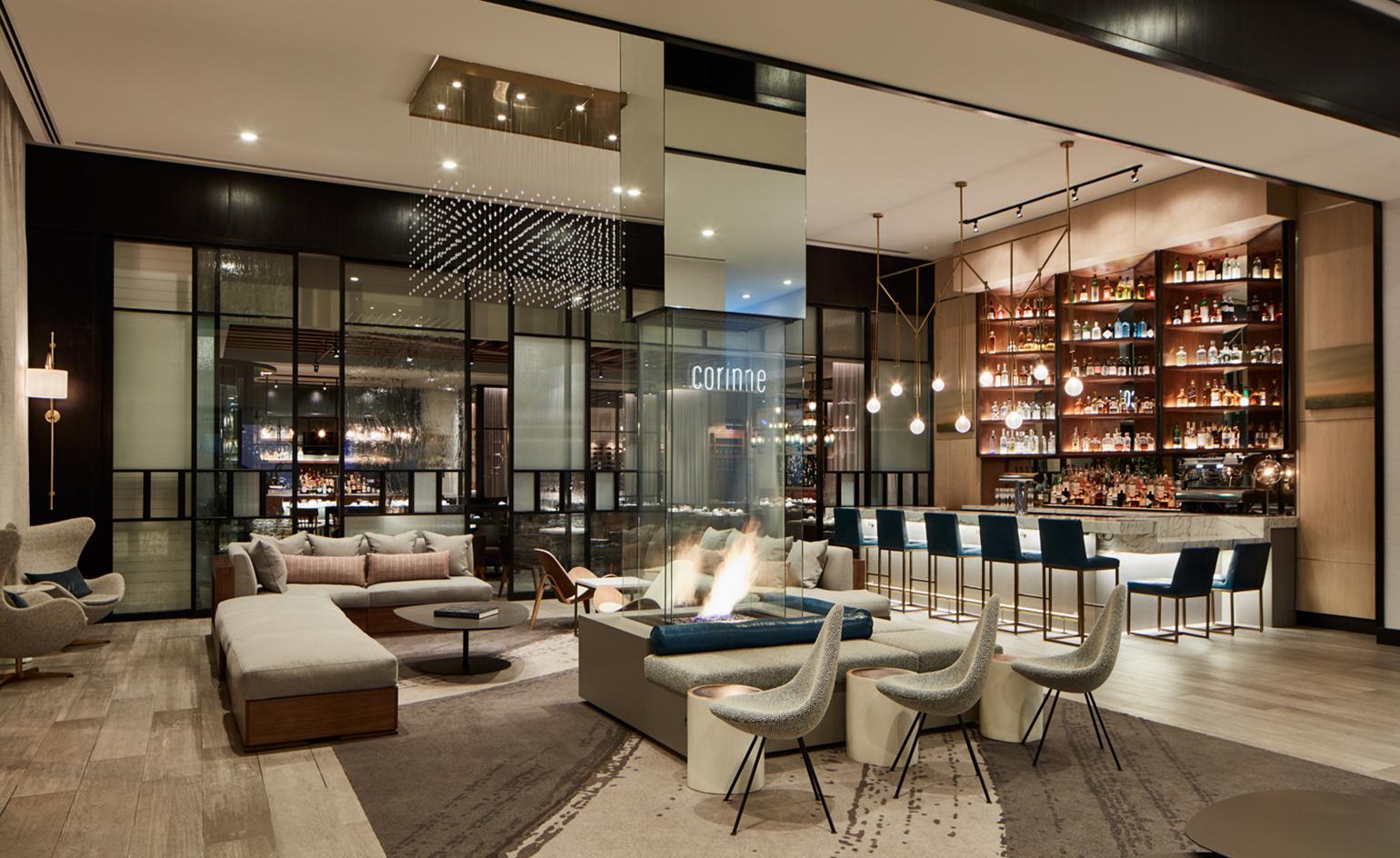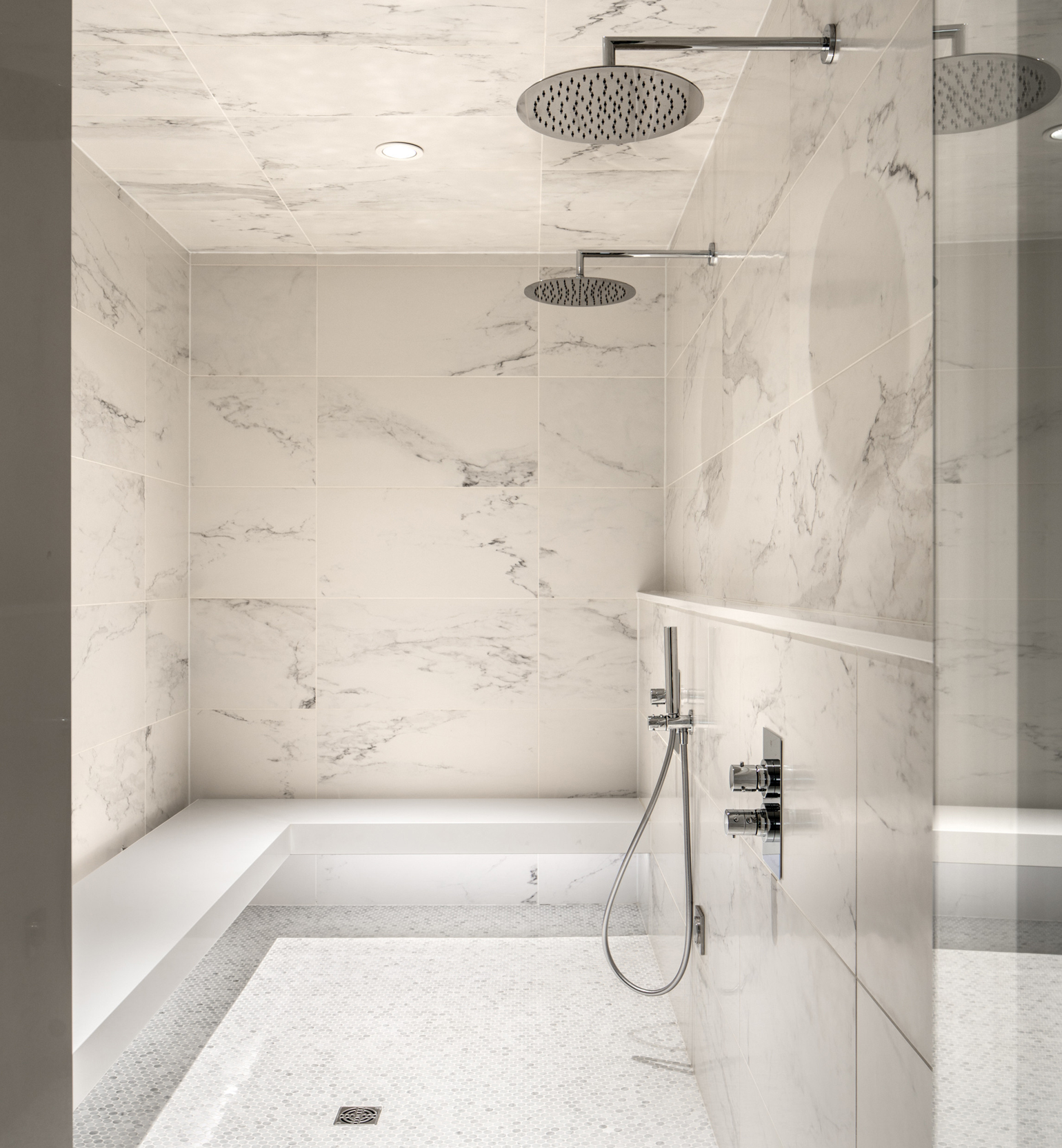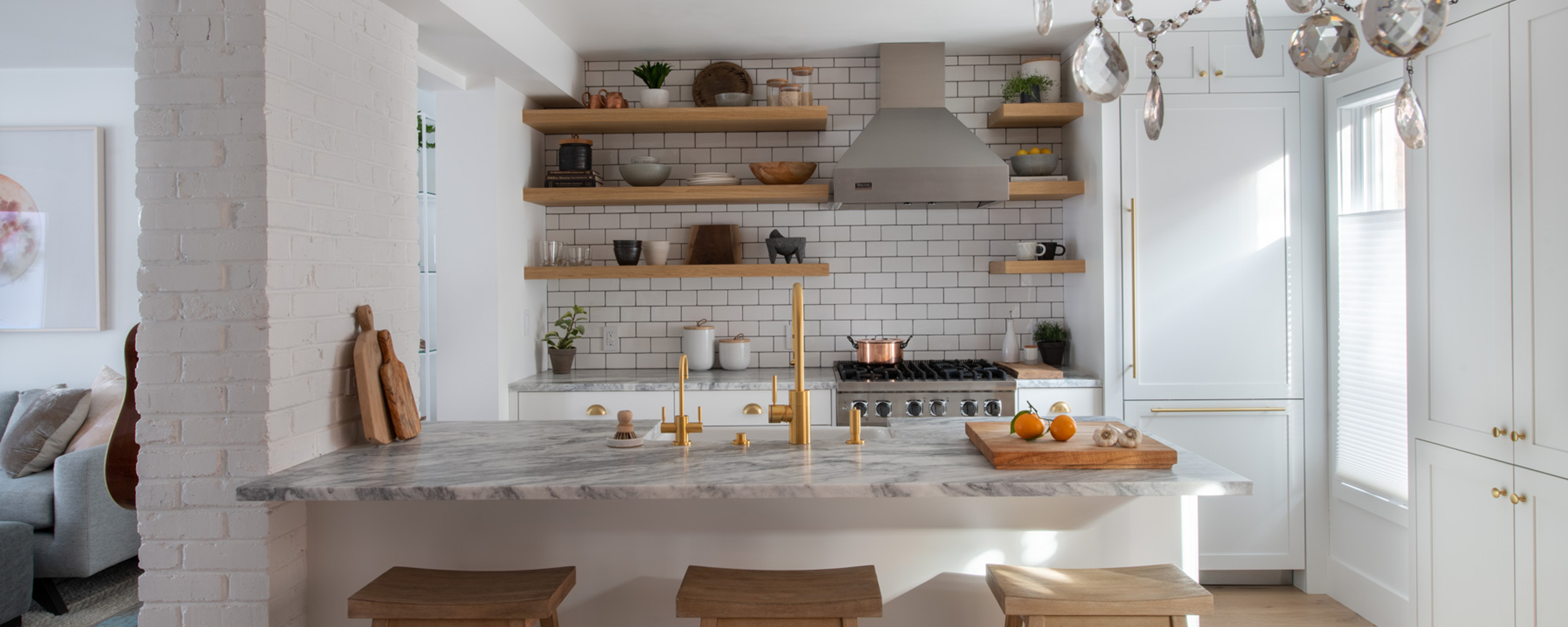Have more questions about your tile and stone project? Visit Brekhus online or call them at 303-494-9255.
While subway tile is still the most requested wall tile, geometric shapes like rhombus and hexagon have become popular. Wall tile with raised tactical forms such as curves and waves and have also gained popularity. Painted concrete floor tile is another popular choice.
Most customers with modern spaces request white or grey neutral-colored quartz with sparse veining. Large format porcelain tiles are still a good option for floors and walls to achieve a clean modern design.
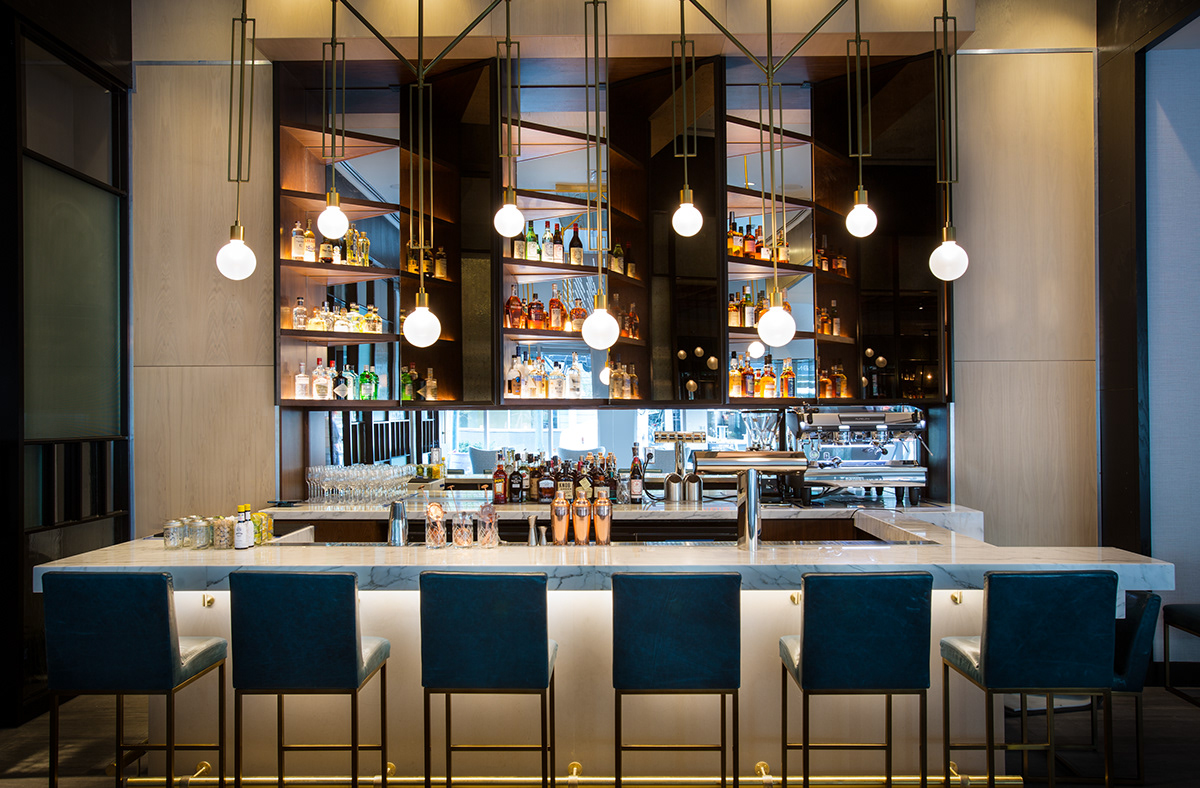
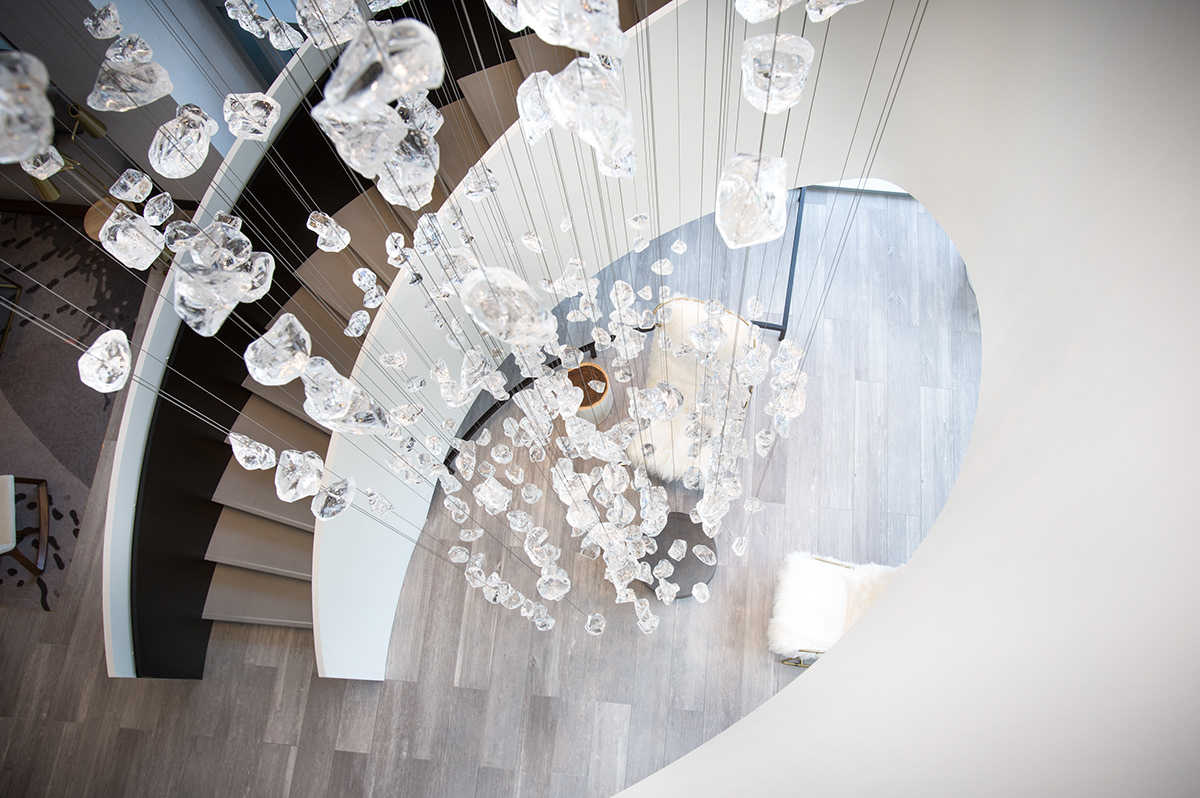
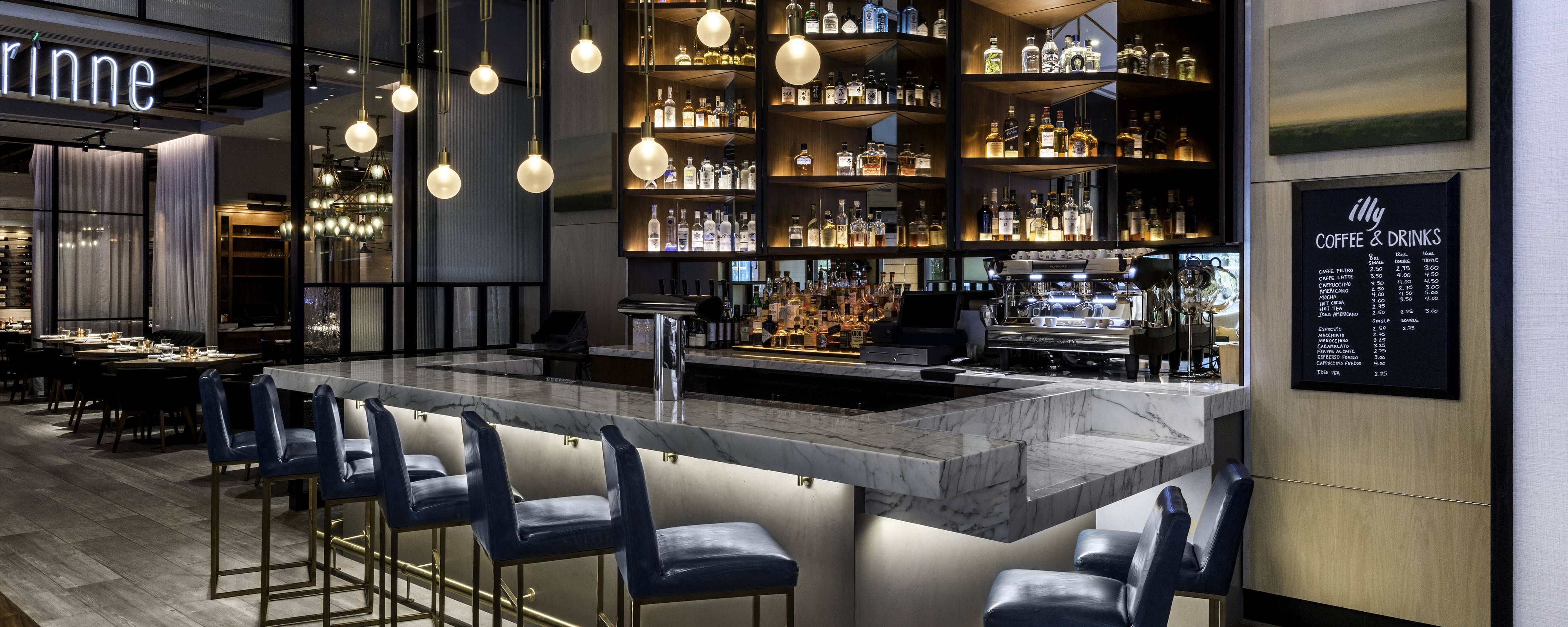

There is undoubtedly a trend toward ‘shared’ space, be it ‘live/work’ spaces, modern food courts or work spaces shared by multi-companies. The concept is widely used in Denver and calls for finishes that meet the needs of a variety of uses and continuity in design. Denver is also an environmentally conscious city. Commercial designs often incorporate sustainable and repurposed materials.
For countertops, remnants of course are a good way to reduce cost and waste. Half slabs are available in some quartz colors also. The appropriate scale of tile size is a consideration as well. In addition, monochromatic palettes can help create the illusion of a more expansive space, while visual anchors of color and form can create better definition of space in a large area.
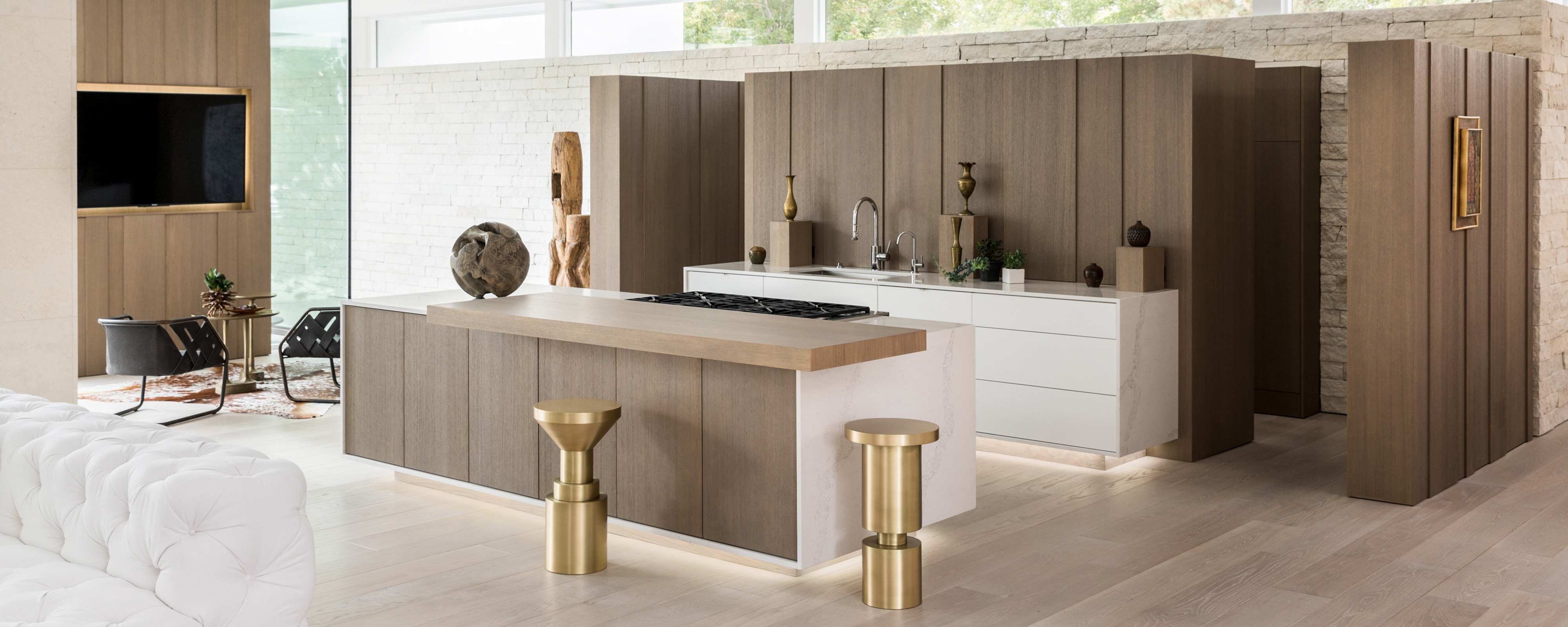
Cheap material! Misshaped sizes and defects are very common in cheap products. Money saved is wasted on additional labor or replacement material when these problems inevitably arise. The same is true of cheap labor. It is always more expensive to do a project over than to do it right the first time. Another common problem that wastes time and money is ‘design on the fly,’ meaning a tendency to deviate from the original plan. Work with a professional to carefully plan the project before you begin and stick to the design. One seemingly small change can have a domino effect on the rest of the material and labor needs.
Consider the area usage and how new material needs to perform. For instance, slip resistance on bathroom floor tile, or durability in a heavy traffic corridor. Square footage and substrates will need to be determined in order to get an accurate labor estimate. Make sure you have a thorough conversation with your installer about the condition of your space as well as the tile material type. The same considerations apply to countertops. Some materials are not suitable for areas that get a lot of use such as the kitchen island.
